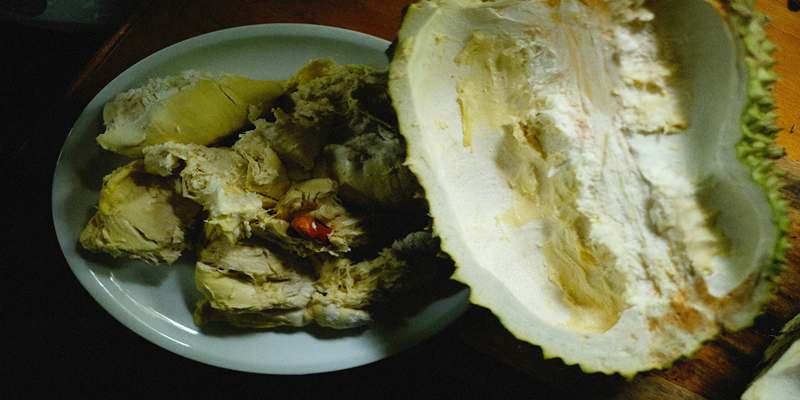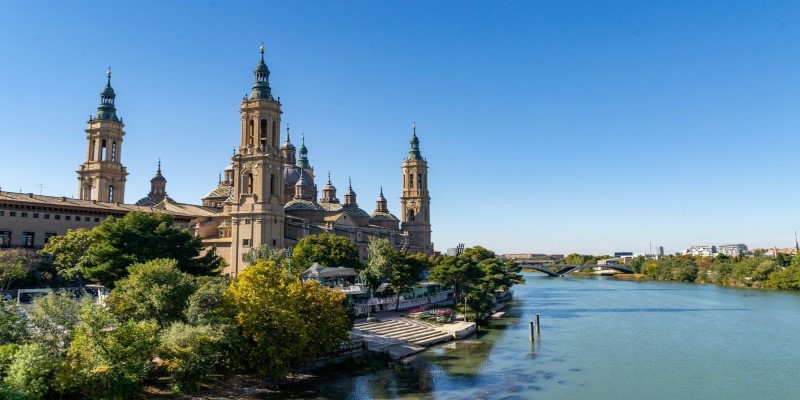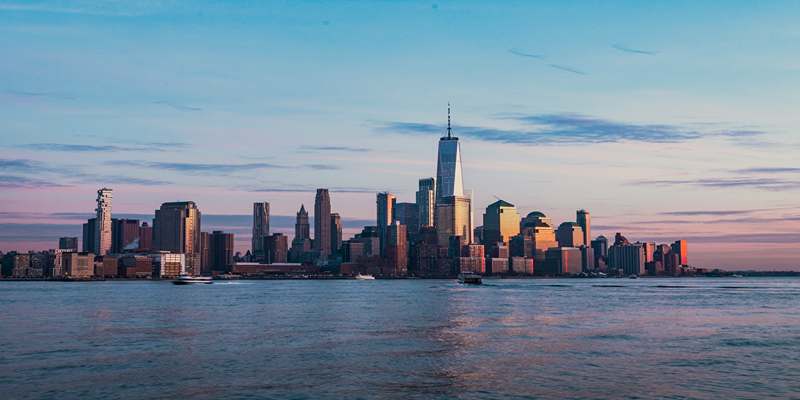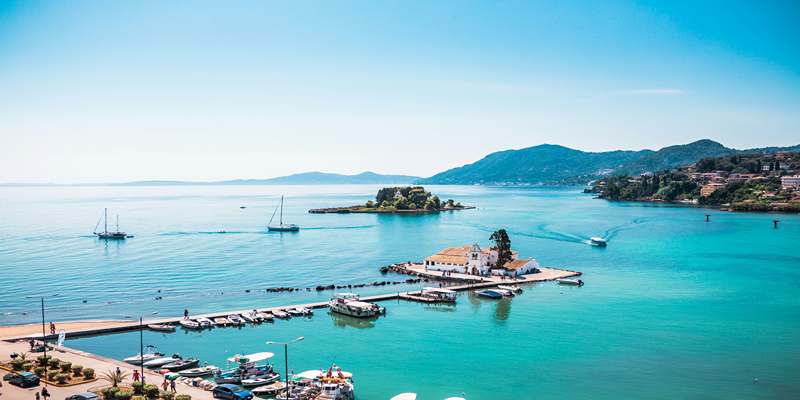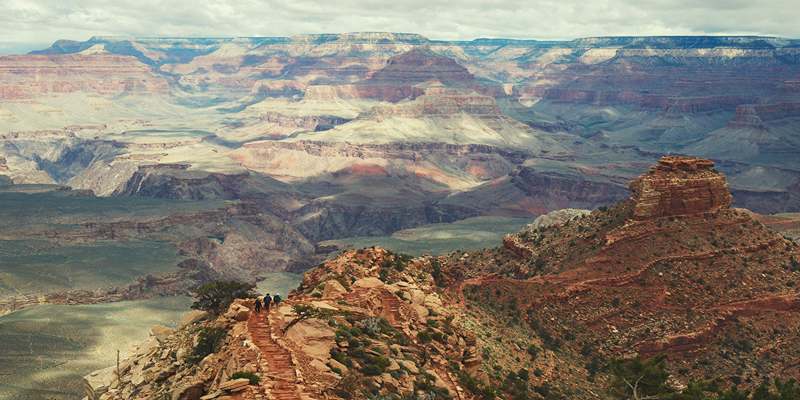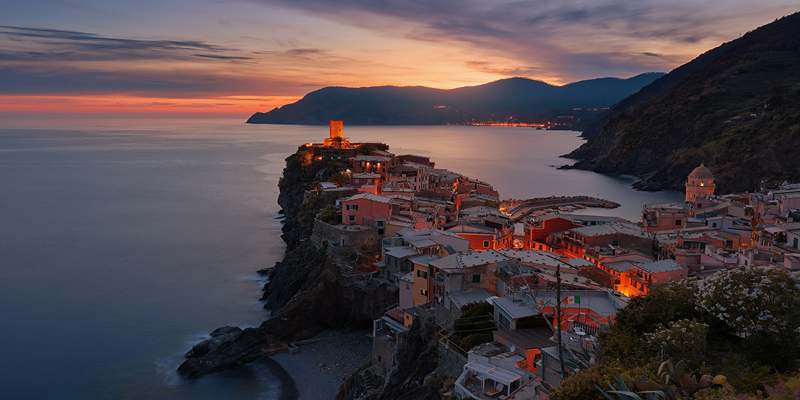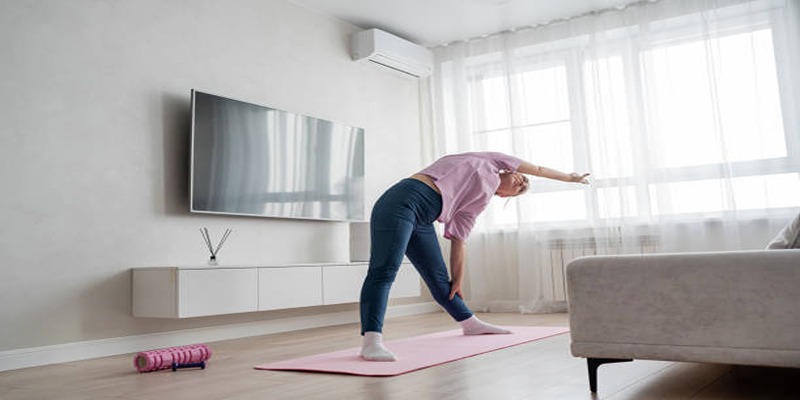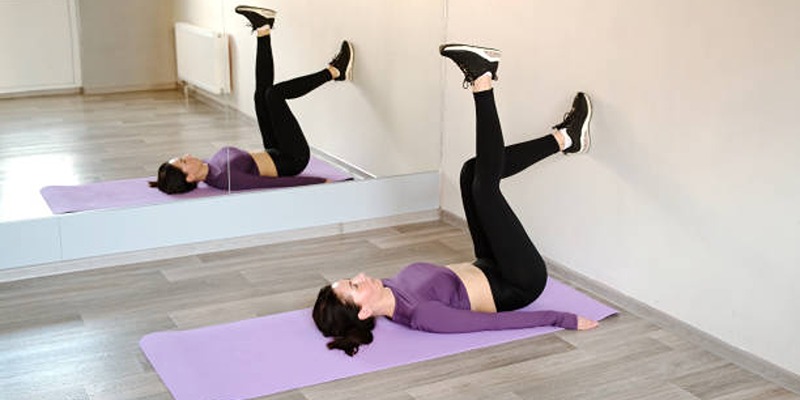France is one of those places that leave a lasting imprint—not because of extravagant experiences, but because of the way everyday life feels there. A café on a corner, a scent of fresh bread from a nearby boulangerie, people talking without checking their phones. It's this rhythm that keeps pulling travelers back. But what’s the best time to visit France? That depends on what you want from the trip. France isn’t one-note. Each season brings a different tone, a different version of the country.
Spring: A Season for Walks and Windowsills
If your idea of France leans toward flowers on window ledges, quiet afternoons with a book near the Seine, or strolling through open-air markets without crowds at your heels, spring is your season. From late March to early June, the cities begin to stretch out after winter. You'll find locals soaking up the sun on park benches, and shops start putting out new stock, new displays, and fresh menus.
Paris feels lighter this time of year. Gardens like Jardin du Luxembourg or Parc des Buttes-Chaumont turn green again, and locals return to their favorite terraces. In the south, the lavender isn’t in bloom yet, but the landscape is waking up. Fewer tourists mean easier access to museums, galleries, and restaurants, which is a quiet reward in itself. And then there’s the weather. Mornings might still call for a jacket, but by midday, it's warm enough to sit outside. It’s the kind of weather that invites walking—no need to rush, just explore.
Summer: Long Days and Busy Streets
Summer in France runs from mid-June to late August, and it comes with energy. Everything stays open later. The streets are filled with live music, weekend markets spill onto the sidewalks, and even small villages organize festivals and community meals.
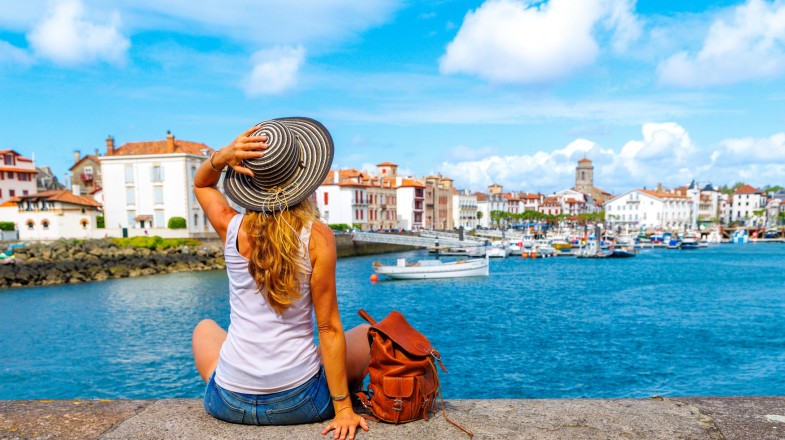
But this is also when most of France—and much of Europe—takes their holidays. In August, many businesses in Paris close, and locals head to the countryside or coast. The upside? You’ll find fewer Parisians, more open space, and a noticeable shift in pace. The downside? Tourist traffic climbs, and prices often follow.
The southern coastline—from Nice to Biarritz—becomes a destination on its own. Beaches are busy, yes, but there's also a mix of local life and summer traditions. If you're someone who thrives in warm weather and doesn't mind sharing the experience with others, this might suit you. The days are long, too. It’s still light past 9 p.m., which gives you time to see, eat, and wander without watching the clock.
Autumn: Quiet Streets and Local Colors
September and October are something special. The heat has faded, the crowds have lessened, and what’s left is a calmer version of the summer months. If you’re drawn to food, this might be your moment. It’s harvest season. Markets are full of seasonal vegetables, cheese shops begin to showcase heartier selections, and the smell of roasting chestnuts starts appearing.
In wine regions like Bordeaux or Burgundy, you’ll find harvest festivals, vineyard tours, and tastings that aren’t rushed or overly packed. This isn’t about big events. It’s about smaller conversations, slower dinners, and countryside views where the leaves shift from green to gold.
City life also changes. Locals return from their vacations, and a more authentic rhythm comes back into view. It’s easier to get a reservation, easier to find space in galleries and exhibitions, and the temperatures stay pleasant enough for long walks.
For those who like to explore without interruption, this is a quiet window that many overlook.
Winter: Snow, Silence, and Holiday Markets
Winter in France means different things depending on where you are. In the Alps, it's ski season. Resorts buzz with life and the small towns near the slopes turn into postcard scenes. Woodsmoke in the air, soft snowfall, and food that warms you after a long day outside.
In the cities, the tone shifts. Paris in December is cold, but it's also festive. Streets light up. Storefronts go all in on decoration. Christmas markets pop up in neighborhoods, selling everything from handmade ornaments to hot chocolate. Strasbourg, in the northeast, is known for its holiday market—and for good reason. It feels like walking through a scene you thought only existed in films.
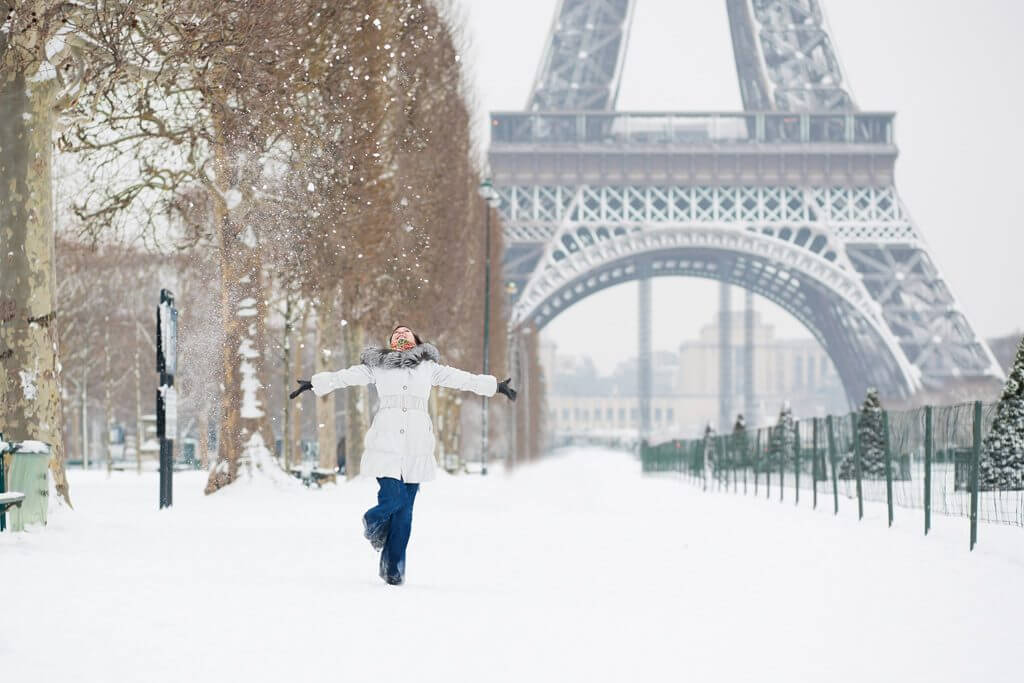
Tourism dips slightly during this time (except for ski towns), so hotels and transport are often more available. It’s a good time for museum visits, indoor cafes, and slower mornings. It might not suit those who want outdoor adventure, but it fits well for travelers who enjoy seeing how people live day to day in colder months. And if you're lucky to be in France during the first week of January, you'll come across “Galette des Rois” in nearly every bakery. It's a small tradition, but those are often the ones that stay with you the longest.
So, When Should You Go?
There’s no single answer. France offers different experiences depending on the time of year. Spring offers peace without solitude, summer brings light and noise, autumn is all about texture and taste, and winter strips things back to their core. It comes down to what you're after. If you want to avoid crowds and experience local life, spring and autumn give you space to do that. If you're after warmth, festivals, and open doors at all hours, summer has plenty to offer. And if you're drawn to the quiet, snow-covered villages or holiday lights, winter might be your season.
Planning around your own rhythm, rather than a list of events, is usually the better approach. France doesn't change who it is across seasons—it just shows a different side. Whether you're walking through the lavender fields in June or sipping onion soup by a window in January, the experience is still unmistakably French, just at its own pace.

